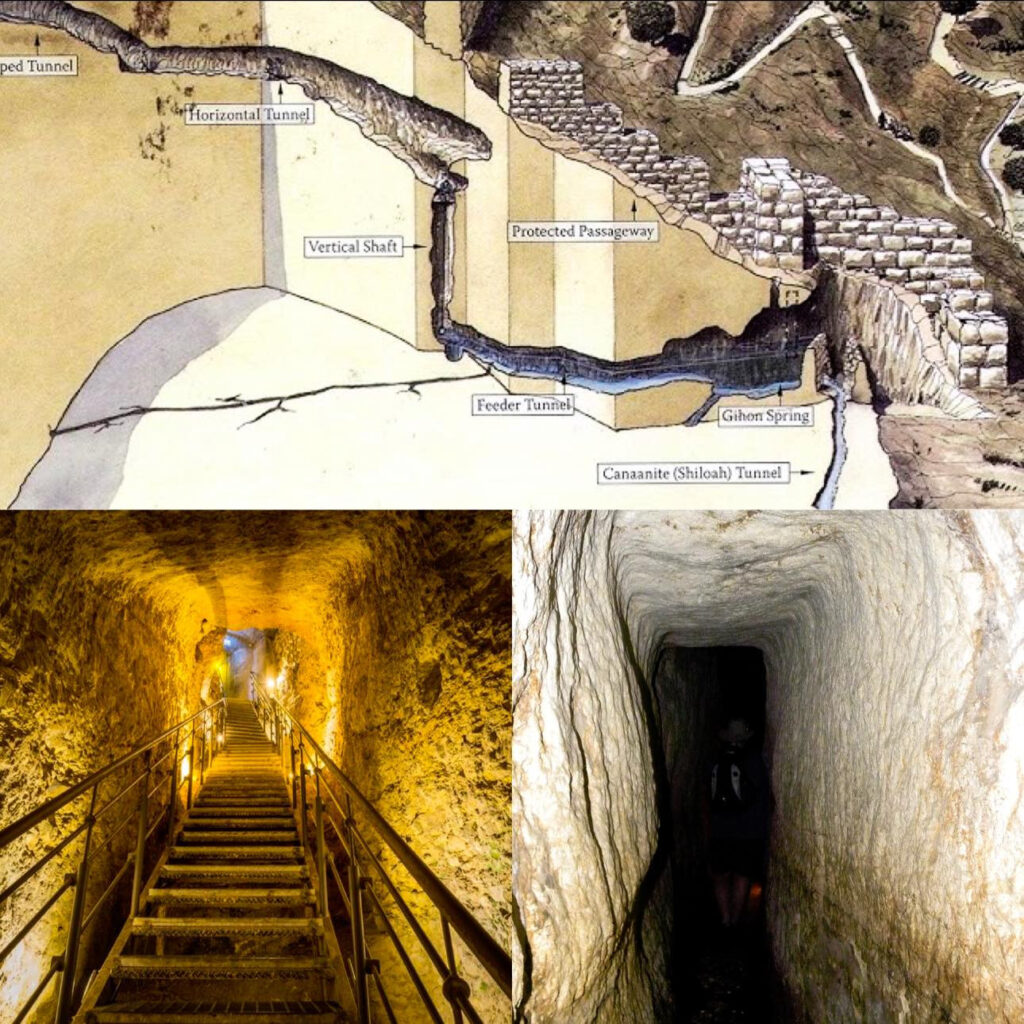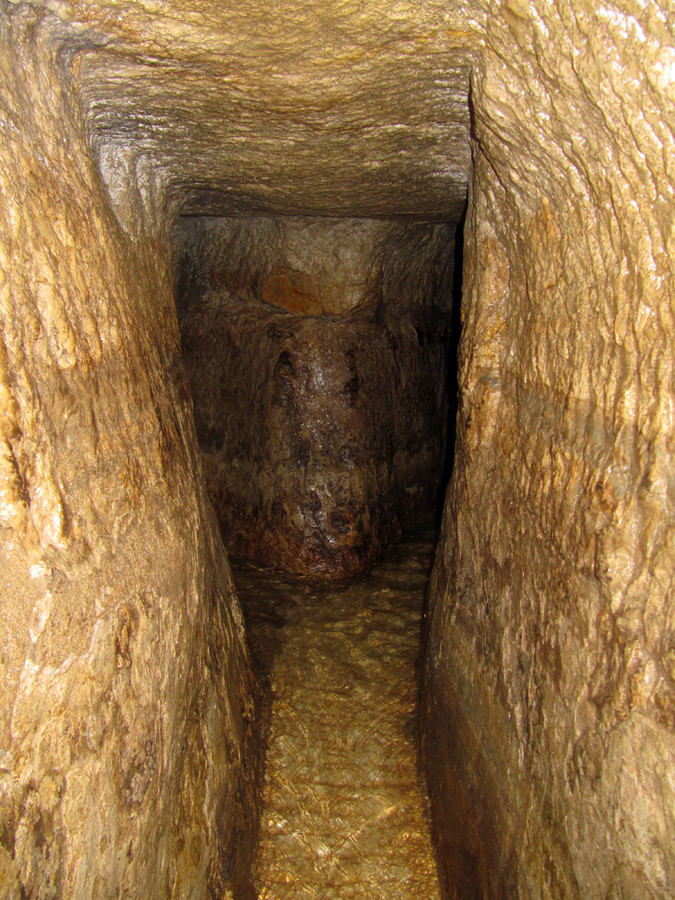In the heart of Jerusalem, hidden beneath its storied streets, lies a wonder of ancient engineering that has captivated historians, archaeologists, and visitors for centuries. Known as the Siloam Tunnel or Hezekiah’s Tunnel, this underground passage is a testament to human ingenuity and determination. Carved through solid rock more than 2,700 years ago, it stands as a monument to the creativity and resourcefulness of ancient engineers.
A Strategic Response to Impending Threats
The construction of the Siloam Tunnel was not merely an architectural achievement but a critical act of survival. Around 701 BC, during the reign of King Hezekiah, Jerusalem faced the looming threat of the powerful Assyrian Empire. To safeguard the city and its people, Hezekiah implemented a bold plan to secure a reliable water source. His solution was as ingenious as it was ambitious: redirecting the waters of the Gihon Spring, located outside the city walls, to the Pool of Siloam within the city. This would ensure a protected water supply even during a siege.

Two Teams, One Incredible Meeting
What sets the Siloam Tunnel apart is not just its purpose but also the remarkable method of its construction. Two teams of workers, equipped only with primitive tools, began excavating the 533-meter-long tunnel simultaneously from opposite ends. Without modern surveying equipment, they relied on basic tools and measurements, yet their efforts culminated in a near-perfect alignment when they met in the middle. The winding path of the tunnel—a product of navigating natural rock formations—remains a marvel of ancient engineering skill and determination.
Inscriptions: Voices of the Past
The walls of the Siloam Tunnel hold more than just historical significance; they bear inscriptions that reveal the story of its creation. One of the most famous discoveries is an ancient Hebrew inscription near the tunnel’s midpoint. This text commemorates the momentous meeting of the two teams and provides insight into the careful planning and communication that made the project possible. These inscriptions offer a rare and poignant glimpse into the lives and achievements of those who reshaped Jerusalem’s landscape.

A Journey Through Time and Stone
Today, the Siloam Tunnel remains accessible to modern explorers, offering an immersive experience into Jerusalem’s ancient past. Visitors wading through its cool, flowing waters can observe the varying dimensions of the passage, a reminder of the challenges faced by its builders. The tunnel’s uneven surfaces and winding path evoke a sense of awe at the sheer determination and skill of those who carved it using rudimentary tools.

A Legacy of Innovation

The Siloam Tunnel is far more than an archaeological curiosity; it is a powerful symbol of human ingenuity in the face of adversity. Built in an era without advanced technology, it demonstrates the extraordinary potential of determination and teamwork. Its legacy continues to inspire, reminding us that creativity and perseverance can overcome even the most daunting challenges.

As we reflect on this ancient marvel, we are reminded that the spirit of innovation transcends time. The Siloam Tunnel stands as a beacon of what is possible when ingenuity, purpose, and courage come together—a lesson as relevant today as it was over two millennia ago.

